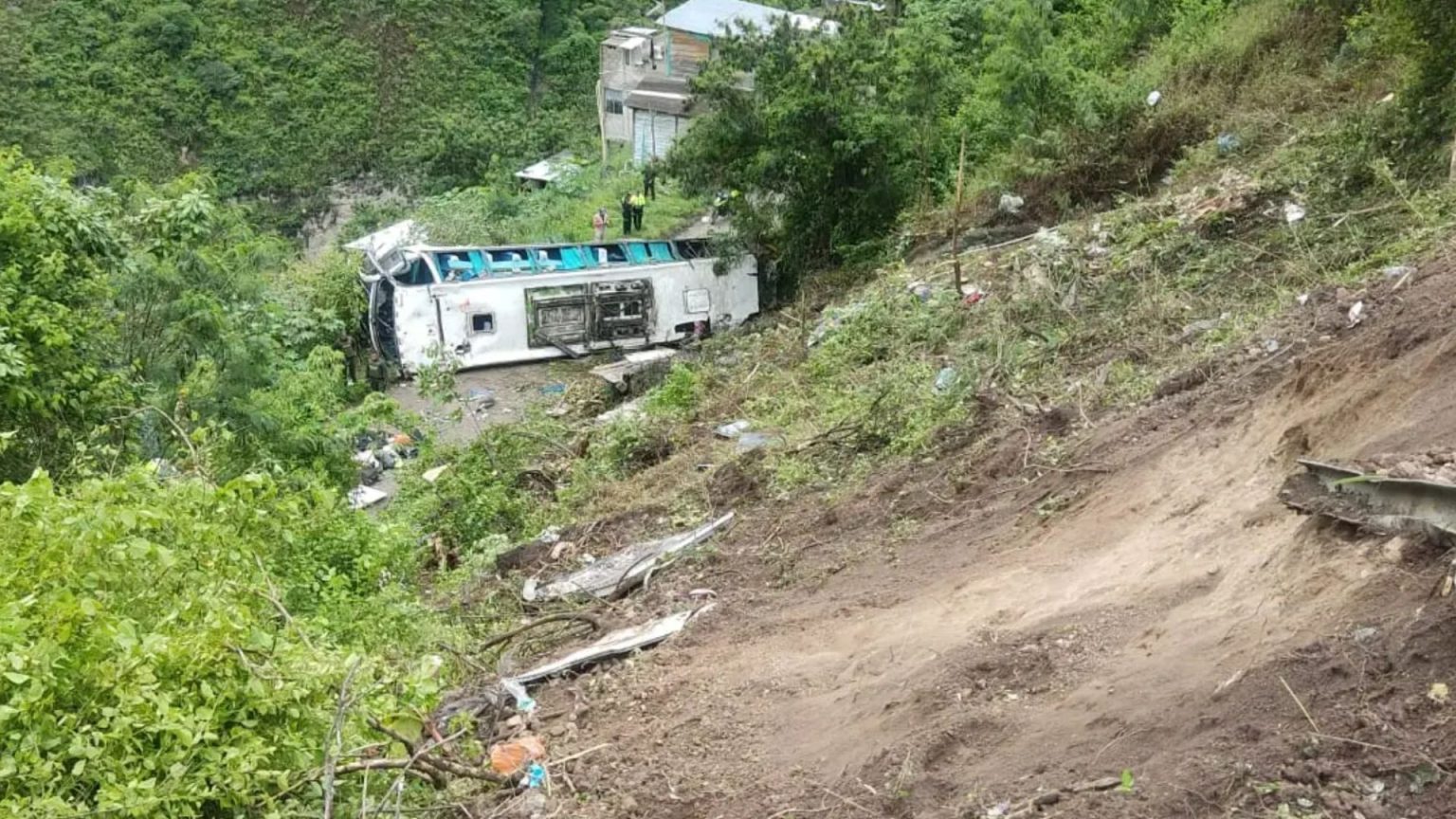The tragic bus accident near Pasto, Colombia, in the early hours of the morning claimed the lives of at least twelve individuals and left thirty others injured, casting a somber shadow over what was meant to be a journey to a popular tourist destination. The bus, carrying forty-two passengers, plunged into a 160-foot gorge along a section of the Pan-American Highway, specifically at kilometer 49 of the Pasto-Rumichaca highway in Tangua, Nariño. The vehicle was en route to the Santuario de las Lajas, a renowned religious site located in Ipiales, Nariño, known for its stunning architecture and spiritual significance. The treacherous terrain of the highway, characterized by sharp bends and curves, likely contributed to the devastating incident, although the exact cause remains under investigation.
Preliminary investigations suggest a mechanical failure within the bus may have precipitated the tragic fall. The sudden loss of control as the bus navigated the winding road could have led it to veer off course and plummet into the deep gorge. The impact of the fall resulted in significant casualties and injuries, leaving a scene of devastation and heartbreak. Rescue efforts were immediately mobilized, with victims being transported to various hospitals in the region, including Tangua, Ipiales, and the city of Pasto itself. Medical teams worked tirelessly to provide urgent care to the injured, while authorities initiated the grim task of identifying the deceased and notifying their families.
The Colombian Traffic Police are currently working diligently to ascertain the identities and ages of all the individuals involved in the accident. This process involves meticulous cross-referencing of passenger manifests, identification documents, and communication with family members. Given the chaotic nature of the aftermath and the severity of the injuries, this task requires careful attention and sensitivity. The information gathered will be crucial not only for providing accurate accounts of the tragedy but also for facilitating support for the victims’ families and ensuring appropriate legal and insurance procedures are followed.
María Constanza García Alicastro, Colombia’s Minister of Transport, expressed profound condolences and solidarity with the affected families in the wake of the tragedy. This official statement reflects the nation’s collective grief and underscores the government’s commitment to providing support and resources to those impacted by the incident. This support might encompass financial assistance for funeral expenses, medical treatment, and psychological counseling, as well as facilitating investigations into the cause of the accident to prevent similar tragedies in the future.
The Santuario de las Lajas, the intended destination of the ill-fated bus, holds deep religious and cultural significance for Colombians and international visitors alike. Built into the canyon of the Guáitara River, this architectural marvel is a testament to human ingenuity and devotion. The pilgrimage to this site often forms a central part of religious journeys and family vacations, making this tragedy all the more poignant. The contrast between the anticipated joy of reaching this sacred destination and the devastating reality of the accident underlines the fragility of life and the unpredictable nature of unforeseen events.
This bus accident underscores the inherent risks associated with traversing mountainous terrain, particularly on roads with challenging topography. The incident highlights the critical importance of regular vehicle maintenance, rigorous driver training, and strict adherence to safety regulations. It also calls for a thorough review of existing infrastructure to identify potential hazards and implement measures to enhance road safety, particularly along popular tourist routes. Such measures could include improved road signage, the installation of guardrails in hazardous areas, and the implementation of stricter speed limits. Furthermore, the tragedy serves as a somber reminder of the importance of preparedness and emergency response systems that can effectively address such incidents and provide timely assistance to victims. Moving forward, it is crucial to learn from this devastating event and take proactive steps to prevent similar tragedies from occurring in the future.




